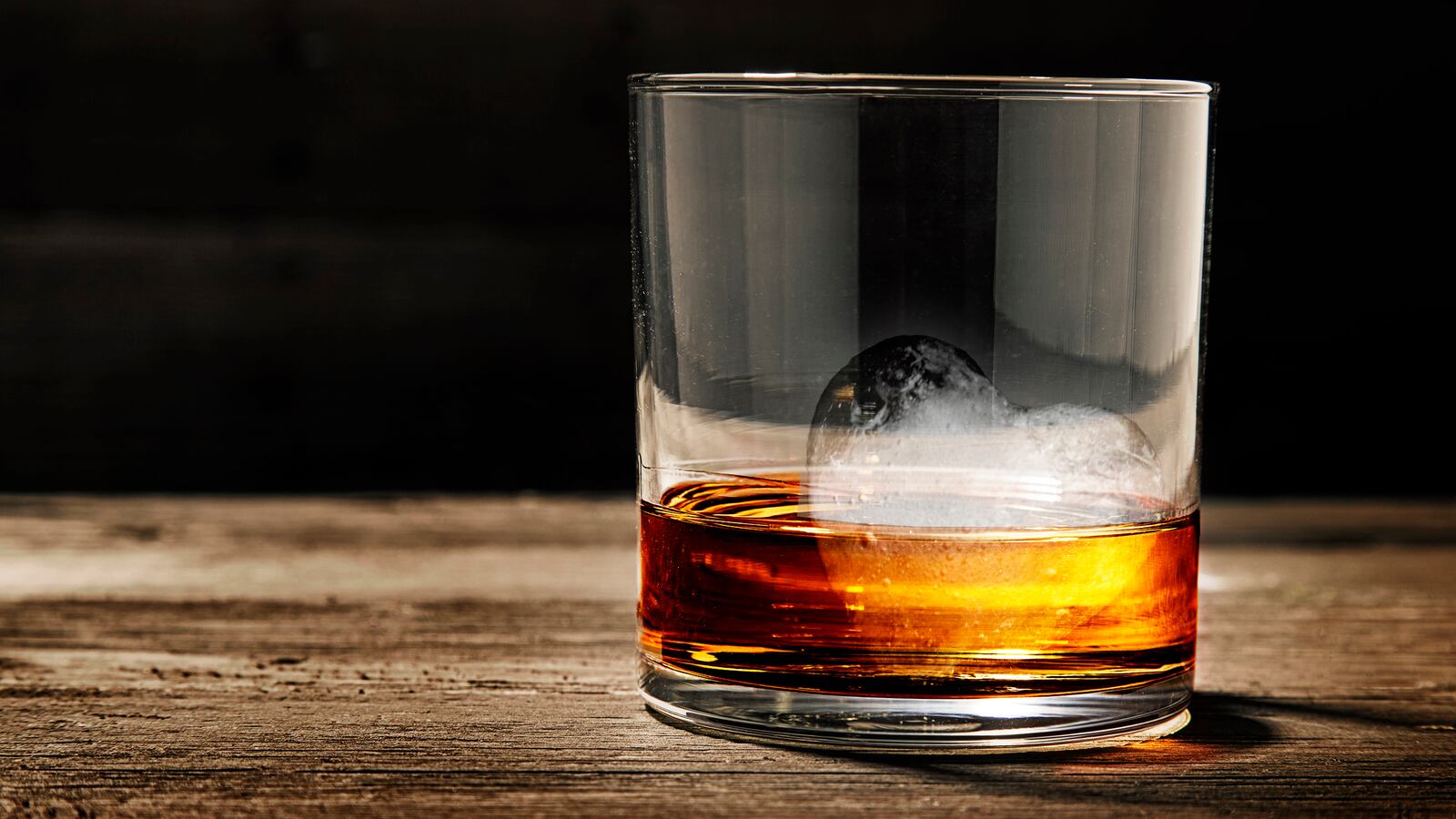Nosing. Swirling. Tasting. When I started drinking whiskey back in college, none of that mattered. The only thing that truly made a difference was price.
Ideally, of course, the whiskey didn’t come in a plastic bottle, wasn’t complete fire water, and was vaguely reminiscent of drinks I had seen in movies or magazine advertisements.
I have to admit, that my best friend and I bought our first bottle of Evan Williams Bourbon because its label and bottle shape looked similar to Jack Daniel’s but was a few bucks cheaper.
At the time (the late 1990s, to be specific), being a value whiskey drinker wasn’t a terrible thing. Most distillers were hanging on for dear life, after nearly three decades of declining sales, and there were actually some high-quality bottles to choose from in my price range. (I wish I had saved a case or two of those whiskies to drink now!)
Even with my limited experience drinking whiskey, I began to taste differences between brands and categories and started to gravitate toward certain bottlings. I also learned that I enjoyed drinking whiskey much more than, say, cinnamon-flavored Aftershock (shockingly sweet, slightly medicinal tasting) or the equally popular mystery Kool-Aid punch mixed up in a (hopefully clean) plastic garbage can.
After I finished school and turned to drinking in proper New York bars versus student hangouts, I began to explore the wider world of whiskey—drinking, to borrow a phrase from my colleague David Wondrich, like an old man in old-man bars before it was cool. Why? Necessity. Only a handful of good cocktail bars existed and bottle-service clubs were never my scene. Old-school watering holes provided the only alcohol education that was available to me at the time, at a reasonable sum doled out drink by drink.
My studies paid dividends immediately. I swapped out the cola that was then a ubiquitous mixer (and never a favorite of mine) for club soda. At the time, these Whiskey Highballs, which were almost always served in a flimsy white plastic cup with a red straw stirrer, didn’t have the allure they do now—they just tasted good and were refreshing on a steamy New York summer night. In fact, it would be years before I knew to order a Highball and not a Whiskey & Soda.
Irish bars still sat on nearly every corner in Manhattan and usually stocked a decent selection of bourbons, ryes, Scotches and, naturally, Irish whiskies. (If I was lucky, they might also offer a complimentary plate of meat or cheese, a bowl of peanuts or some fresh popcorn.)
After a good deal of research and reading, it finally dawned on me that many of my favorite whiskies were made in a traditional pot still. If I had been savvier, I would have found a liquor store with a robust liquor selection and a knowledgeable sales clerk and asked for their pot still whiskies. (I would have no doubt also discovered some delicious pot still rums as an added bonus!) But I did it the hard way, learning about the history and the production of whiskey in dribs and drabs. This was before the liquor-book boom of the past few years; if you wanted cocktails and spirits knowledge, you had to work for it. (If only Lew Bryson’s comprehensive Tasting Whiskey had been around 20 years ago.)
What I discovered, of course, is that there are two basic ways to make alcohol—in a traditional pot still, which looks like a shiny copper onion, and the more efficient column still, which looks like (as one would imagine) a fancy metal column. There is no doubt that column stills produce delicious whiskies, which is why most bourbon and rye is produced in them. But there was something about pot still whiskies that intrigued me. Maybe it was the still’s history that stretched back thousands of years or the robust, complex flavors of the spirits produced in one.
I tasted my way across Scotland and, about ten years ago, was overjoyed as more Irish pot still whiskies trickled in to the U.S. The introduction of Redbreast to America was a watershed moment, as it got the attention of bartenders and drinkers alike. Its success also encouraged other pot still brands to send their bottles across the ocean.
While there are now more good bars in New York than any drinker could possibly visit in one lifetime, I still love to duck into an old-man bar and order a Whiskey & Soda—preferably, of course, made with a pot still whiskey.






